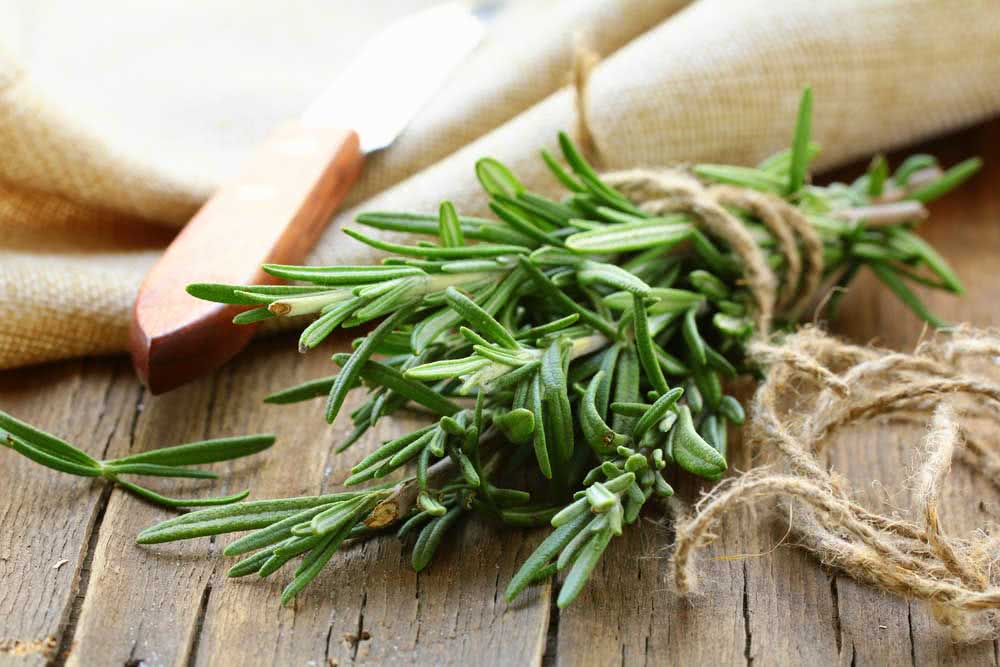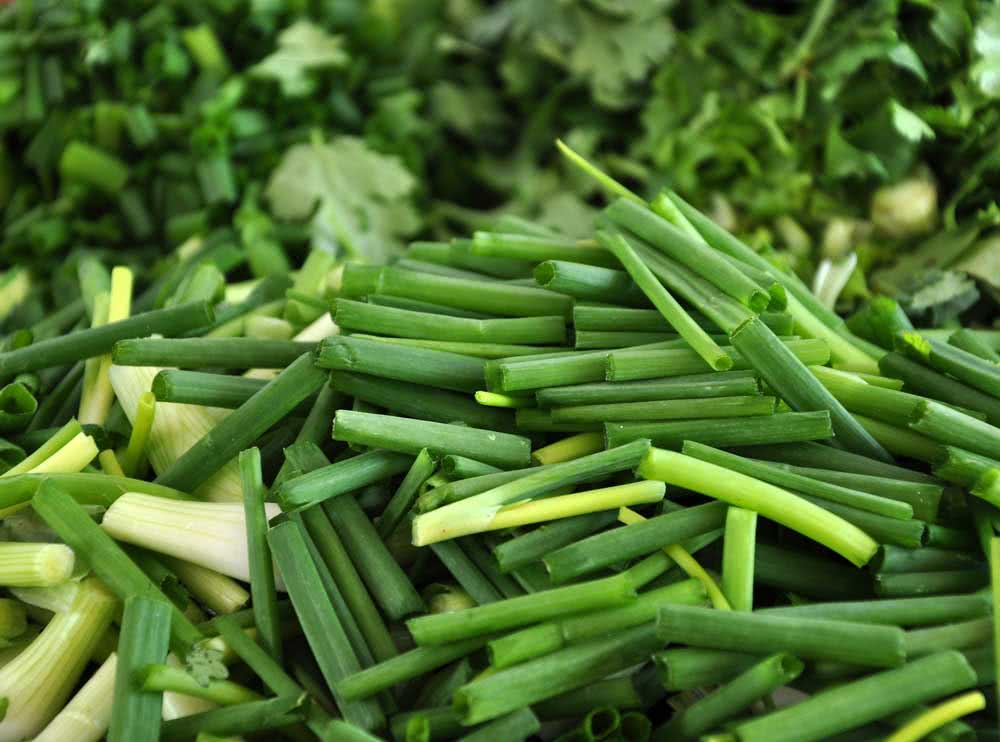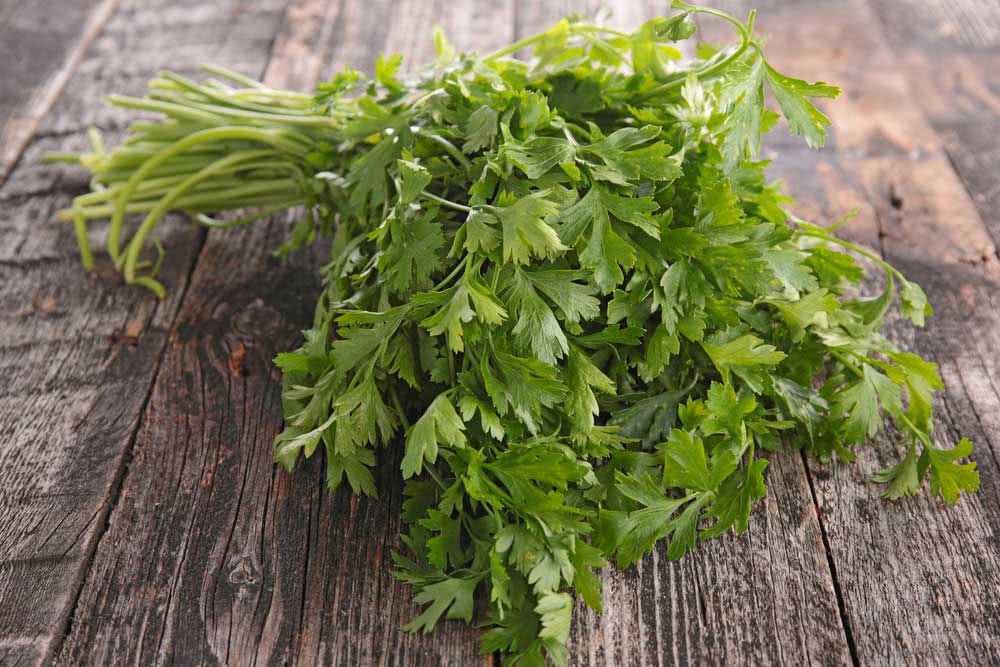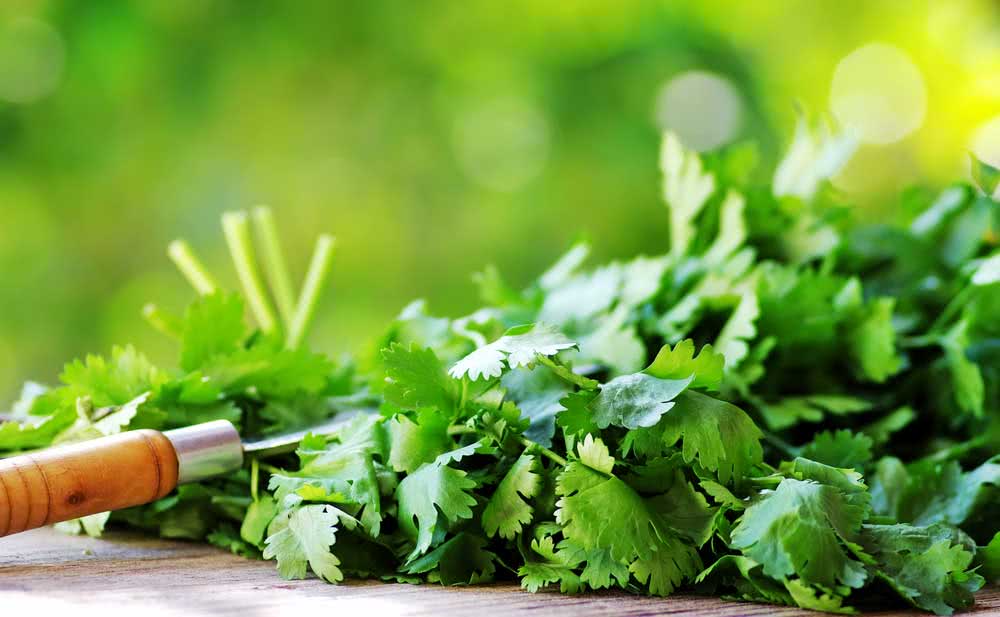Home gardens are increasingly popular and are an excellent way to combine economy, decoration and health. Rosemary, oregano, basil, parsley, cilantro … All of these delicacies are extremely useful in cooking and in preparing a multitude of recipes. If you have ever thought about growing them yourself, we have prepared this article with tips and information on spices to grow at home!
Follow the reading and don’t miss it!
Advantages of starting a home garden
The benefits of owning a home garden are numerous and involve much more than you think! Here are the main advantages of growing your own spices, vegetables and delicacies.
More savings
It seems obvious that growing your own food means saving money when shopping, right? The investment required to start a small garden at home is very low and, without a doubt, worth it.
The spices to plant at home that we present in this article are very simple to be cultivated. They do not need large spaces, let alone special care. When your vegetable garden starts to grow, you will never need to spend money buying spices again!
More health
In addition to the ease of having a vegetable garden at home and thus having all the spices at your fingertips, planting your own food is a way of investing in your health. In your home garden, all products will be organic, without pesticides and fresh!
Avoiding the ingestion of chemical substances when consuming vegetables is a habit that we should all develop. With a vegetable garden to plant at home, it is much easier to guarantee the quality of nutrients consumed by your family.
More connection with nature
The benefits of frequent contact with the land are many, especially today. The stressful routine and day-to-day running, often make us distance ourselves from nature and the simple things in life. Having a vegetable garden at home can be a way to rescue all of that!
Dealing with the land, taking care of plants daily and harvesting the food you have planted yourself can be very relaxing and rewarding. If you have children at home, you can use the home garden to teach them to respect nature and to grow what they consume.
More beauty for your home
Regardless of the size of your home garden, it will undoubtedly add a lot to the decoration of the place. There are a number of home garden ideas that look beautiful and add charm to your space!
Vegetables are versatile plants that can be grown in small pots, beds, planters, improvised pots, whatever! They match any type of decor and style.
Now that you know the main benefits of starting a small vegetable garden, read on to learn a little more about the seasoning varieties to grow at home.
Spices to plant at home: 6 options for your garden!
The use of spices in foods helps to enhance the flavor of the dishes and considerably reduce the amount of salt used. By seasoning a recipe with aromatic herbs and spices such as rosemary, oregano, basil, coriander and many others, you give your food an even more special flavor without having to use salt and other industrialized spices rich in sodium.
Reducing sodium in the diet is one of the ways to prevent and take care of high blood pressure, a disease so prevalent in our environment and which causes so many consequences and damage to health.
We have separated here a list of the most common and most used spices in the different day-to-day recipes. All of them are perfect to be part of your home garden. Check it out below!
1. Basil

Basil is an excellent vegetable for seasoning recipes such as tomato sauces, pasta; meat; fish; broths and, also, is a great flavoring of oils and vinegars.
In addition to being tasty and aromatic, basil has medicinal properties! This spice is rich in vitamins A and C and also rich in calcium and potassium. It is a potent antioxidant, helps in gastrointestinal conditions such as vomiting, abdominal pain and diarrhea.
To plant the basil, it is recommended that you use a pot only for this vegetable, as it consumes many minerals from the earth. The basil plant likes light and heat, so it should be exposed to the sun for 4 to 6 hours a day to have an adequate growth of its leaves.
Ideally, you should water your basil every day in the morning and make sure that the soil in which it was planted is rich in organic matter. It is essential that basil has space, light and moisture to grow healthy and season your recipes!
Basil seeds germinate and are ready for harvest in 2 months. When cutting branches, choose the ones with the largest leaves and use pruning shears to avoid damaging the seedling.
2. Rosemary

Rosemary is one of the most resistant and versatile spices to plant at home. Its aroma and flavor are excellent for recipes like breads; pastas; potatoes; assorted sauces and meats.
It is an herb rich in vitamins A and B and also has minerals such as calcium, phosphorus and potassium. Rosemary has antimicrobial and antioxidant properties, in addition to aiding digestion and blood circulation.
The rosemary foot is extremely easy to care for, as it needs little water and soil that is easily drained. For this reason, never plant rosemary in the same pot of vegetables that like humidity. Excess water leads to the death of the rosemary plant, water it only twice a week in the warmer months. In the humid or winter months, only one watering per week is sufficient.
As for light and heat, this vegetable likes both. Choose a warm place that has direct exposure to the sun to plant your rosemary.
After planting a seedling, the rosemary harvest can be done in 10 days! Make the cut with pruning shears only at the ends of the branches.
3. Chives

Chives are a classic vegetable from Brazilian cuisine and can be used in a wide variety of hot and cold dishes and recipes. The flavor and aroma of chives enhance dishes from oriental cuisine, as well as broths; omelets; sauces; salads; meats and even beans. Without a doubt, this is one of the most versatile examples of home-grown spices!
In order to plant this vegetable, the collective pots are perfect options, since the chives need little space to be cultivated. With a soil rich in organic matter and water daily, the leaves will grow healthy and green!
The spring onion does not need to be exposed directly to the sun, but it does need a well-lit environment to grow. Harvest the chives by cutting the base of the oldest stems with the help of scissors.
4. Parsley

Parsley, green smell or parsley is an herb that, like chives, has the most diverse uses in Brazilian cuisine. El is used in sauces; salads; broths; baked goods etc. Because it is very versatile and common, having a parsley at home is synonymous with economy, health and ease!
Parsley should be planted in rich, fertile soil and also goes well in shared pots. It withstands colder temperatures, but needs some exposure to the sun to grow healthy.
Watering should be daily, but make sure that the soil has adequate drainage so as not to accumulate too much water and kill the plant.
To harvest the parsley, just cut the entire branch, leaving 1 cm above the base to ensure growth after harvest.
5. Oregano

Oregano is the favorite home-grown seasoning in most Brazilian homes. It is used in a multitude of dishes and recipes, especially those that carry tomatoes.
Oregano can be planted in collective pots with rich soil and easy drainage. It needs direct exposure to the sun for a few hours during the day for its leaves to grow healthy.
The oregano foot irrigation should be daily, as it does not tolerate dry soil. To harvest, it is recommended to wait until the plant reaches 20 cm in height, then cut the branches at the base.
If you want to dry the leaves, leave them in a place exposed to the sun for a few days.
6. Coriander

Coriander is a more controversial seasoning in recipes. Many people are passionate about the aroma and flavor of this vegetable, others don’t like it at all!
If you are part of the team that loves coriander, you know that it is perfect in Mexican, Indian and many Northeastern cuisine recipes.
Coriander is a plant that needs a lot of light and exposure to the sun, but grows well in collective pots. It should be watered whenever the soil is dry and prefers warmer temperatures, around 25 ° C.
Now that you know the main spices to plant at home, it’s time to get your hands on the earth and start your home garden! Write your favorite fresh spice in the comments!



